Description
Comprehensive PubChem-Based Research Overview
Molecular Identity & Structure
PubChem lists BPC-157 under CID 9941957, providing a molecular formula of C62H98N16O22 and molecular weight of ~1419.5 g/mol [1]. Additional registry entries under related identifiers confirm its standardized peptide sequence and chemical classification as a synthetic pentadecapeptide [2]. This ensures reproducibility across laboratories and facilitates QC verification.
Angiogenesis & Vascular Studies
Depositor annotations in PubChem associate BPC-157 with angiogenesis studies. In vitro, the peptide has been used in endothelial tube-formation assays, migration models, and vascular remodeling experiments [1]. These studies are referenced for controlled analysis of vascular signaling pathways.
Fibroblast & ECM Research
The peptide is widely noted in PubChem-linked literature for promoting fibroblast activity and extracellular matrix assembly [2]. Investigators incorporate BPC-157 into collagen deposition assays and wound-healing models to examine peptide-driven tissue organization.
Nitric Oxide Pathways & Signal Regulation
PubChem data include cross-references suggesting interactions with nitric oxide (NO) pathways, enabling research into oxidative stress modulation and endothelial regulation [1]. NO assays in vitro allow researchers to quantify BPC-157’s role in redox and vasodilatory signaling.
Tissue Repair & Laboratory Models
Due to its peptide sequence and structural features, BPC-157 is incorporated in laboratory models of tissue repair, regeneration, and cellular cytoprotection [2]. These uses remain confined to bench-scale experimentation, strictly under research-only designations.

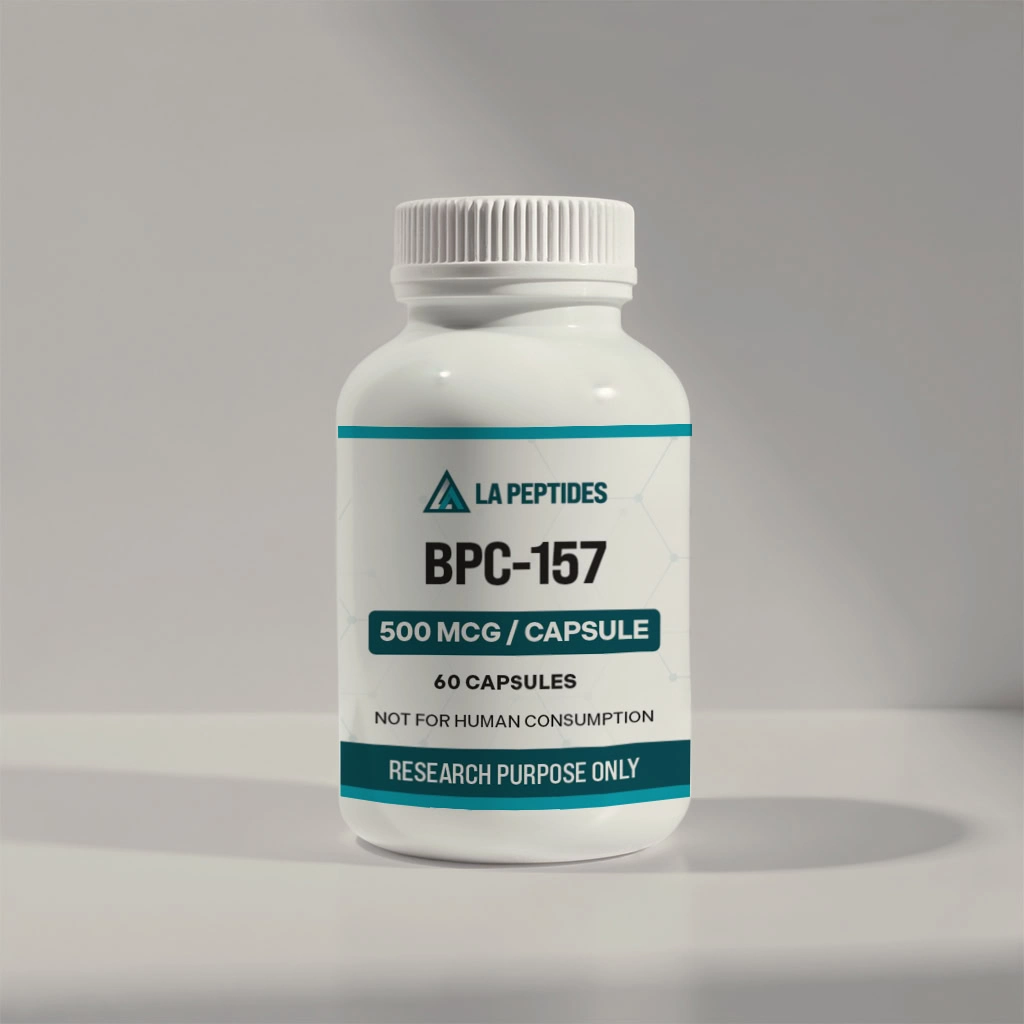
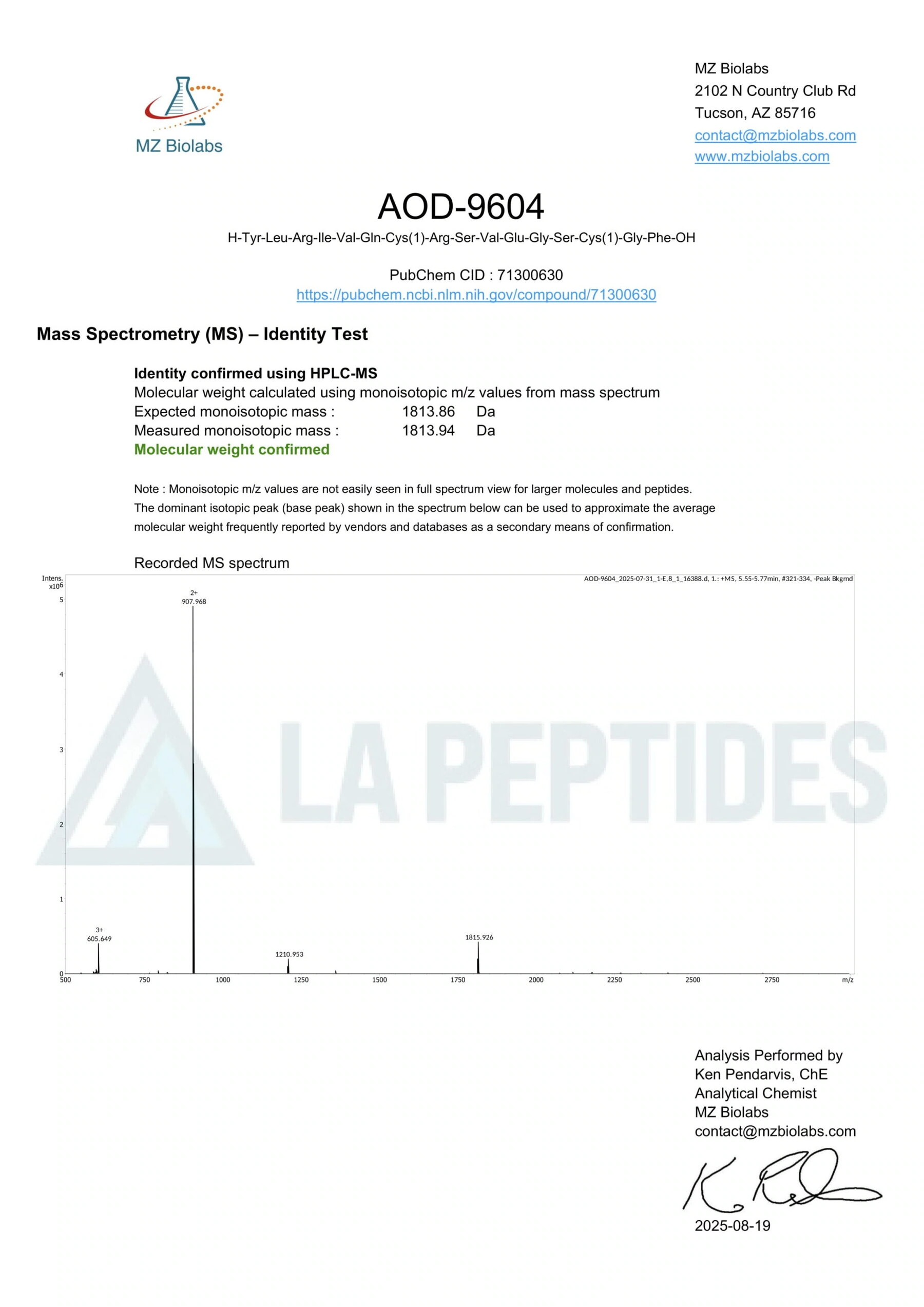
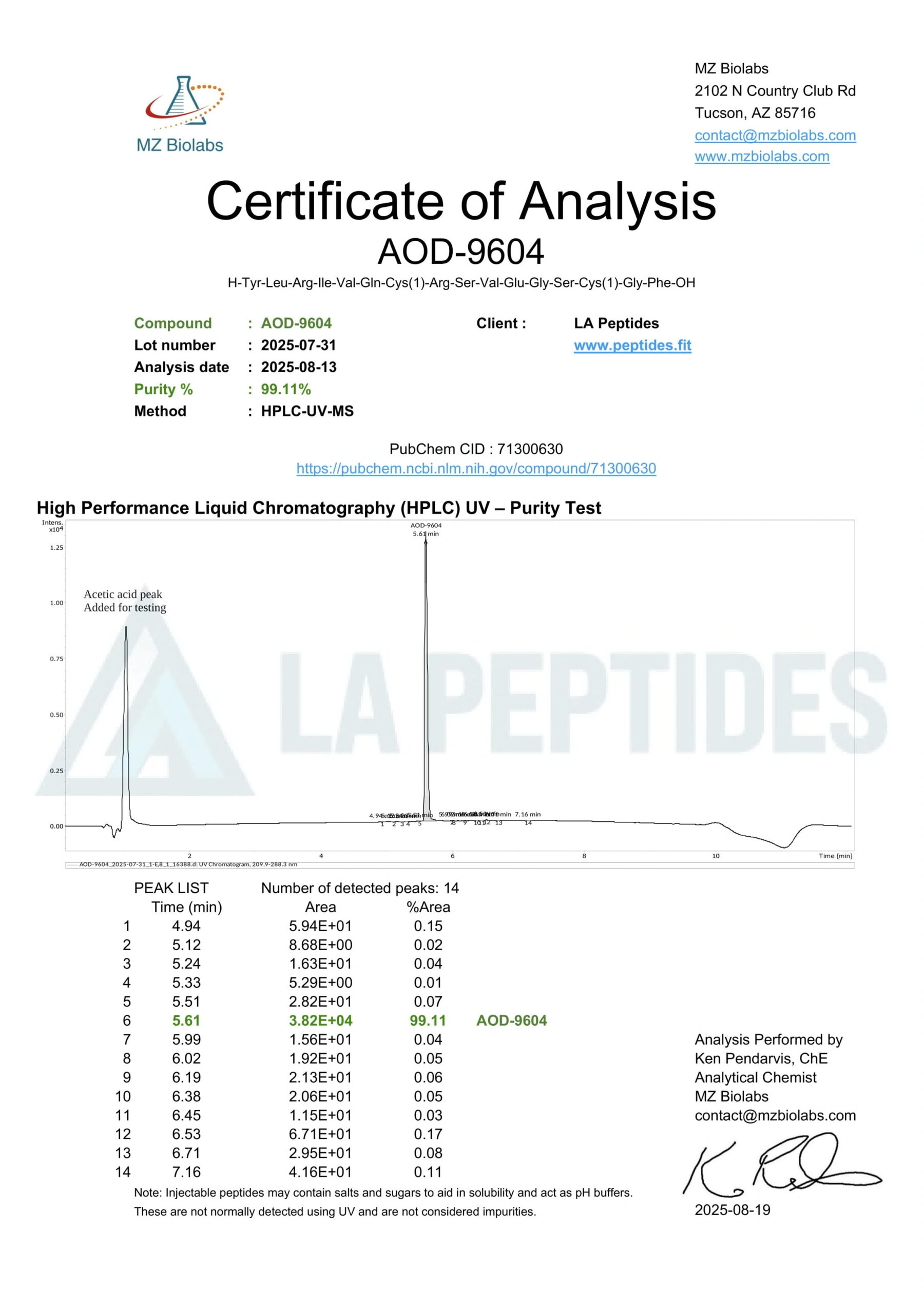
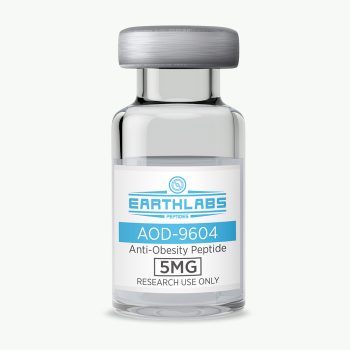
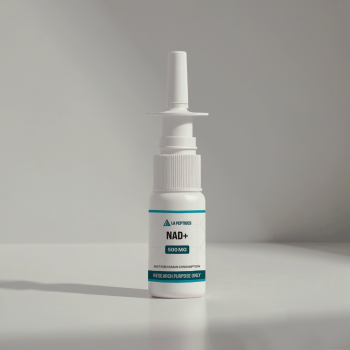
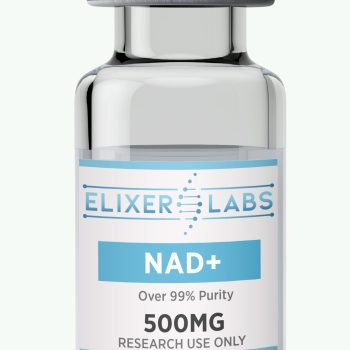
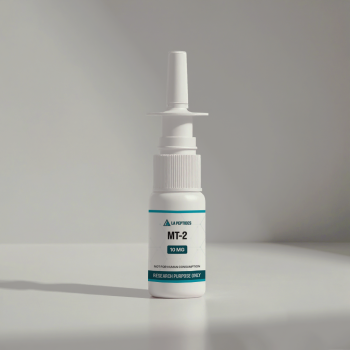
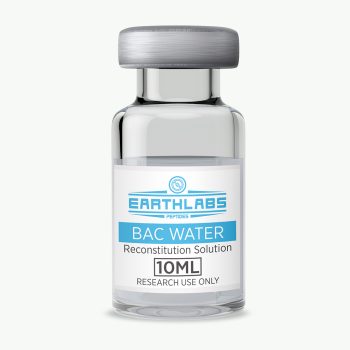
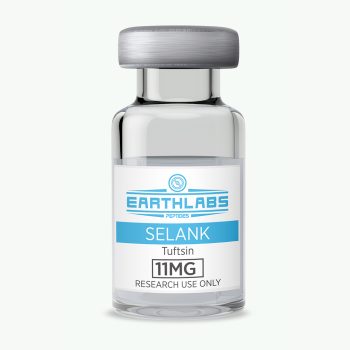
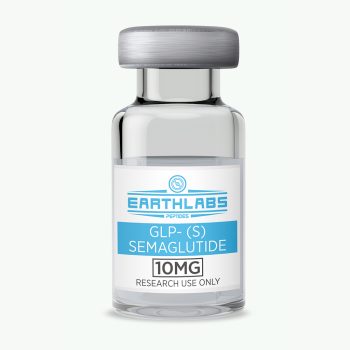
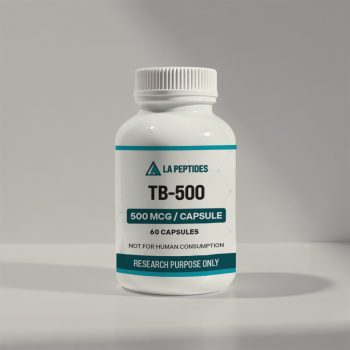

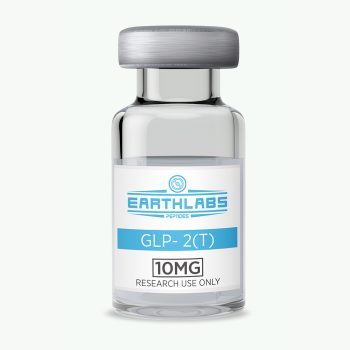
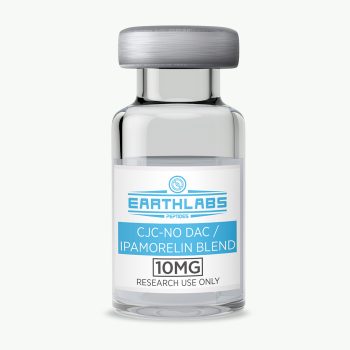
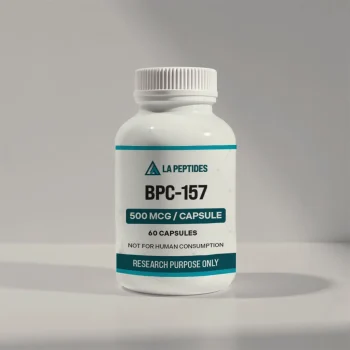
There are no reviews yet.